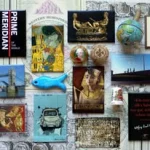I visited Mostar for the first time together with my parents. It was at the time when the word „Islam“ was still pretty unknown to us. What I remember is a visit to a house of a Muslim family where we were shown a curiosity – very wide “Turkish” trousers of the housewife.
I also remember the Old Bridge Stari most. My father immortalized it in one picture. Who could guess at that time that this architectural jewel will receive a lethal shot and fall down into the emerald Neretva river some years later? And who would think that I will come back one day when there are neither my father nor the bridge anymore and I will look at its perfect copy only? Panta rhei – you cannot step twice into the same river…
Nevertheless, I was happy to be back here. Mostar is a town worthy to come back.
And here is a list of everything I recommend in this amazing town.
(1) Visit Koski Mehmed Pasha Mosque (entrance fee), built in 1618. Its wall decoration is very simple – flower patterns, trees and bunches of flowers in fancy vases, calligraphy inscriptions and colorful glass on windows. There is a small yard with a fountain in front of the mosque. The roof of the fountain is covered with stone plates and supported by six columns. It provides a shadow and you can cool off even on very hot days. Cross the yard and you will find a place with a very nice view of the bridge.
(2) If you want to have an even better view then climb the narrow winding staircase in the minaret. You will see the river and the whole old town. Slim minarets remind of sharpened pencils climbing into heaven, a tower of a church… what is higher? Watch the surrounding parched hills. You can see a big cross on the top of one of the hills. It was put there by Croatians after the Bosnian war – high above all the other towers and turrets… But Muslim Bosnians are joking that the moon is their symbol and it is even higher… Take some pictures – but do not lean out – and if no group is inside the minaret go down quickly. Otherwise, there will be a pretty unpleasant squeeze.
(3) Walk through the Ottoman quarter Kujundžiluk. You can hear tinkling and hammering just like in the past. Shopkeepers, painters and artisans display their products in small shops or directly on the stairs. Mostly, there are copper products – jewels, coffee sets with trays, vessels, weapons and ashtrays but also souvenirs made from wood, water pipes, carpets, books, postcards… Everywhere you can pay with euro.
(4) Slowly you are coming to the bridge. There is the tower Tara from the 15th century on the left side which was used as a storeroom for ammunition and gunpowder. Today you will find a museum of the history of the Old Bridge there. If it is closed watch at least a short but very impressive video in a shop some meters further. It is about the war which was going in two stages in Mostar. First Serbian troops bombarded the town from the surrounding hills and after that Croatians fought against Bosnians. It is hardly believable that you are watching the same street you walked some minutes ago. In the video, it is covered with ruins and debris. Everything is destroyed. It looks like the Bosnian Croatians turned the Old Bridge into a training target, all the time new strikes are coming (more than 60 in total). The bridge still resists – no wonder, it stood here for 427 years, endured two world wars and several heavy floods. For example in 1713 when the water reached the bow or in 1870 when the river brought so many broken trees that they got stuck under the bridge and had to be cut in pieces to prevent from damaging the bridge… But on November 9, 1993, there was a fatal explosion and the entire bridge collapsed into the river. Even if you already knew the story, the shots of the falling bridge will shock you. That explosion hit not only the bridge, it hit the whole country, it hit also you and actually the whole world…
(5) Finally you step onto the bridge. There are some „stairs“ but the surface is slippery anyways especially if you wear flip-flops. Originally, a wooden bridge connected the two sides, later on, it was replaced with a chain bridge.
Stari most was built under Sultan Suleyman I. in 1557 – 1566. It was a masterful work of the architect Mimar Hajruddin. It is said that he fled before the opening because he was afraid the bridge would collapse and he would lose his head. It is hump-backed, 4 m wide and 29 m long, and dominates the river from a height of 24 m above the maximum water level in summer. It was made of 456 white stone blocks. Mostar was one of the most destroyed cities in the country after the Bosnian war. Of course, first, it was necessary to repair the houses, renew the supply with water and electricity. Preparations for rebuilding the bridge started in 1996. Divers carried sunken blocks out of the river but most of them were totally damaged by shooting, the collapse and river flow. New blocks were cut. Fraunhofer Institute solved the composition of the ancient mortar and also determined the tools which were used to build the bridge more than 400 years ago. The reconstruction was made by Turkish builders and cost 15 million euro. The inauguration took place in July 2004. And because it was built according to all old traditions using the same technology and materials the bridge was added to the UNESCO list a year later.
(6) The oldest document about diving from the bridge is from 1664. When I was here with my parents they had told us that a young man in Mostar becomes a man only after he leaps from the bridge. Nobody did it during our visit and we did not even think about that in some years young men here would have a possibility to prove their manliness another way – with weapons in their hands… Today you can watch diving every day. For money. First, a group of young men scramble through the tourists and collect money. They jump on the edge of the bridge and balance behind the metal barrier to catch our attention. If there is enough money, one of them elegantly leaps into the cold water of the Neretva river, always with his feet downwards. Tourists yell, take pictures and applaud. After that, the young men again start to gather money for the next jump. Every year, on the last Sunday in July, there is an international diving competition. Mostly, young men from towns with bridges take part in it. About 15 thousand people watch this competition.
(7) Cross the bridge. On the other side, there is the Helebija tower which used to be a house of “bridge keepers” (mostari) who actually gave the name to the town. Walk down to the place where the small Radolja river flows into Neretva. 100 m further you will find a smaller bridge – Kriva čuprija – the Crooked Bridge. About 20 stone bridges were constructed in Bosnia and Herzegovina under the Ottoman Empire. Twelve of these were still standing when the war broke out in 1992. The crooked bridge survived the war but it collapsed in December 1999 during the winter floods but mainly because of the damage inflicted during the war. It also has been reconstructed in its original appearance.
(8) Try the local specialty ćevapi or ćevapčići (formal diminutive, the word comes from “kebab”) – a dish of obelisk-shaped minced meat that is traditionally prepared on a wood charcoal grill. Made of beef but a few of lamb is added for the taste. In restaurants, it is served with potato chips, vegetables and fresh flatbread.
If you prefer to eat quick and cheap, you can visit any ćevabdžinica where they serve ćevapi with onion and flatbread only.
(9) Choose some oriental desserts – baklava: made of filo dough filled with chopped nuts and sweetened and held together with syrup or honey or smokvara: a sweet temptation made from figs. If they add vanilla ice cream to it – yum, yum! And do not forget to order a coffee from cezve. Except for the small copper can you will get a tiny cup (fildžan), sugar cubes (you should dip them in the coffee and eat them) and a small piece of sweet jelly (lokum).
(10) Walk through some other streets where you find the ruins of houses. They are standing here like silent screams. Destroyed facades with a lot of bullet holes are baring their empty interiors. There are signs with a warning about collapse on them. Think about the pointlessness and destructiveness of war. Even in the Old town, you will find a lot of messages or quotes about the war.
(11) What a pity that most of the tourists come to Mostar for one day only. You should experience Mostar in the evening as well! Streets are not overcrowded anymore, shopkeepers have more time to debate. I met the young painter and architect Anel who was very interested in the life of young people in my country.
Some shops were already closed and only now I could see bullet holes on their doors… Even getting a place in a cafe or restaurant is easier in the evening. Twilight is falling down on the town, lamps are turned on, small lights of cigarettes as well. The mood is more nostalgic and more emotions are in the air. The old bridge which is not old at all… I wonder if this bridge still connects or divides already?
(12) Although you took pictures of the bridge from all sides during the day already it will still affect you like a magnet. Walk again through the bridge in the evening. Nobody is diving anymore. If you look downwards to the river, you would not get a dizzy spell as you got during the day.
Walk again to the river mouth and together with local fishermen admire the unique form of this symbol of their town. For somebody it looks like a rainbow, the other one will say it is a swan neck. Take some pictures again. But do not do it like two young girls who got in my view and took their selfies for an incredibly long time. First the first one, then the other one, after that together, from one side, from the other side… I think they did not care about having such a nice background with the old bridge. More important for them was the right position of the bottom or to properly purse their lips. Even the fishermen were tired of it, they took their fishing tackle and left the place…
After my walk, I went to the taxi station between the city theater and a cemetery with white tombstones. There were names of young men and 1993 as the year of their death on all of the stones. No taxi was there and I started to feel a little bit uncomfortable. Dead heroes on one side and dead houses on the other side…
I don‘t know if I‘ll come back to Mostar again. But leaving the city I gave the bridge a wave and said goodbye to it in Bosnian way: “Hajde, vidimo se!” (Let‘s go and see you!)
DISCOVER MOSTAR
How to Get There: The nearest airport is in Sarajevo. The airport in Mostar is used for charter flights only, especially for pilgrims who are to visit Medjugorie. The easiest transport is by car. The distances: from Sarajevo 129 km, from Dubrovnik 140 km and from Split 168 km. You can also take a bus from those cities, the information here: Sarajevo, Dubrovnik, Split. I also took a bus from Vienna to Mostar. Although it was a comfortable bus I have to say that it was very exhausting, especially on the way back to Vienna. Information about the buses from Vienna here.
Where to Stay: There are a lot of different types of accommodation. I did not stay directly in Mostar but in Blagaj, 12 km from Mostar at a private Villa Basic where you can stay in a bedroom with a double bed and a bathroom. The room was comfortable and clean. I recommend it. You will find more information and guest reviews here. I paid for the taxi from Mostar to Blagaj for about 10 €.
Where to Eat: Many great choices but mind that not all of them offer alcoholic drinks (mostly beer only). I can recommend the restaurant Europa (Kujundžiluk 4) with traditional local dishes where I was eating during my visit. It is the oldest restaurant in Mostar, working since the Ottomans period. We found the restaurant also on one of my father‘s pictures.
You can see even the fig tree in the picture. It is an old tree that provides a nice shadow for the guests on the terrace. Tasting the dessert smokvara in this restaurant I asked the manager if it was prepared of the figs from the tree. No, it wasn‘t. The tree has a wide trunk, fruits do not get enough water so they are not able to become ripe. And indeed, when the wind became stronger unripe figs were falling down on our tables. Small, green grenades which won’t hurt anybody…
And what about you? Have you ever visited Mostar? If yes, then let my post awake your memories. If not, then may this post inspire your next trip.
Our thanks to The Tourist board of the Herzegovina Neretva Canton for organizing the trip.
Text: © Copyright Ingrid, Travelpotpourri
Fotos: © Copyright Ingrid, Travelpotpourri

 TRAVEL
TRAVEL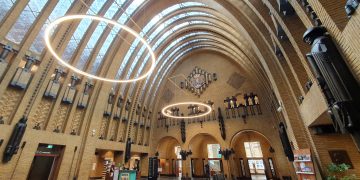
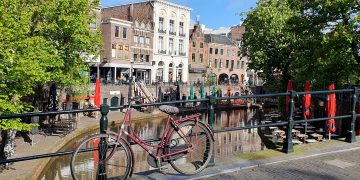


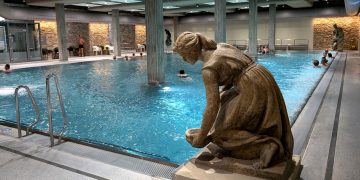
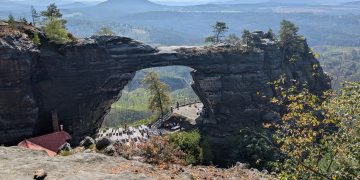

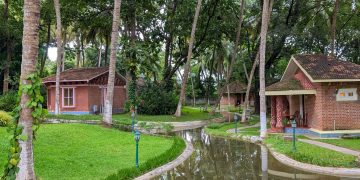
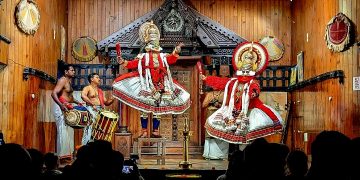
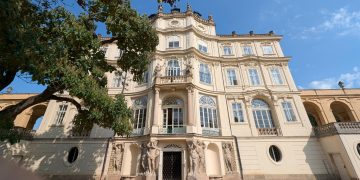
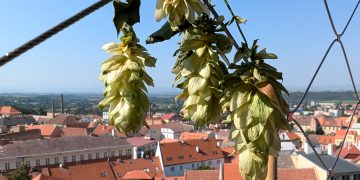

 RECIPES WITH A STORY
RECIPES WITH A STORY









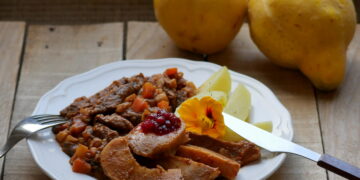
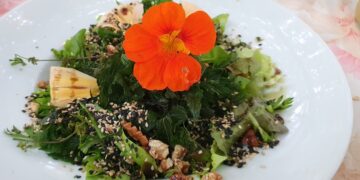
 AUSTRIA-VIENNA
AUSTRIA-VIENNA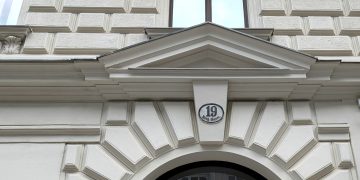
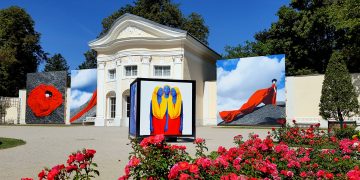

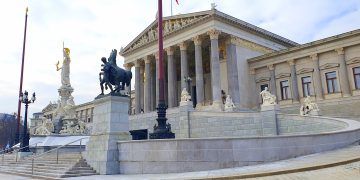
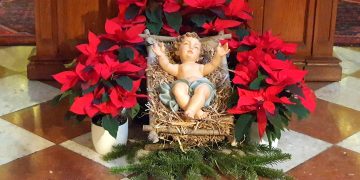

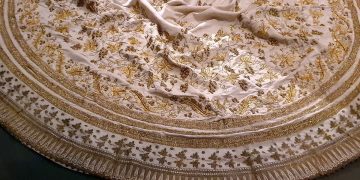
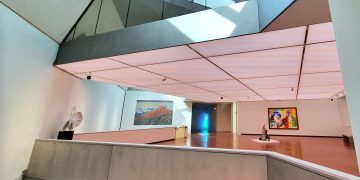
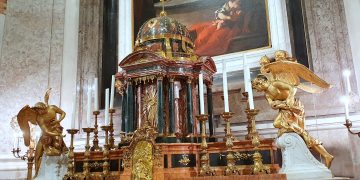

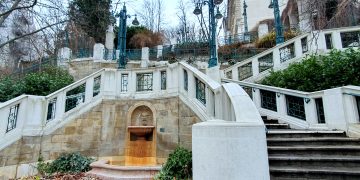

 SLOVAKIA-BRATISLAVA
SLOVAKIA-BRATISLAVA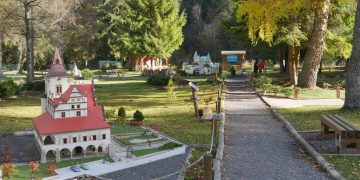
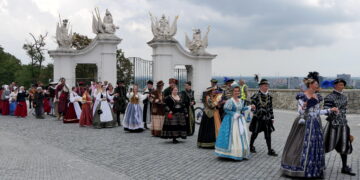


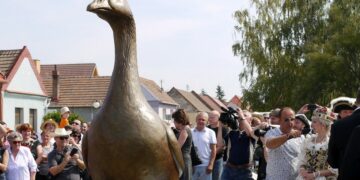
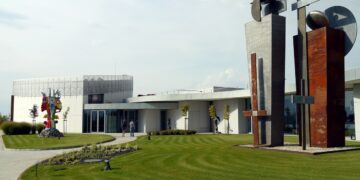
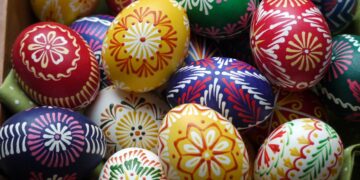
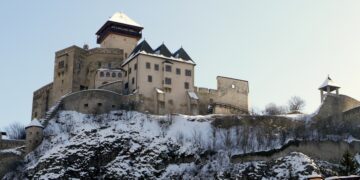
 EVENTS
EVENTS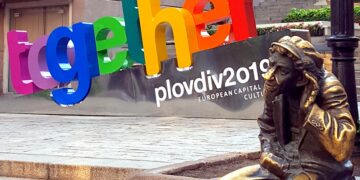
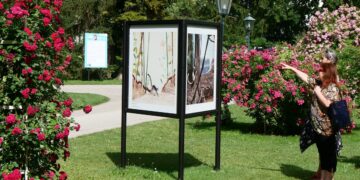



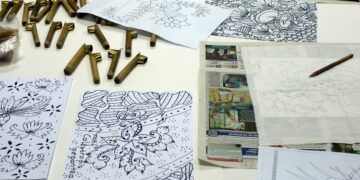


 INTERVIEWS
INTERVIEWS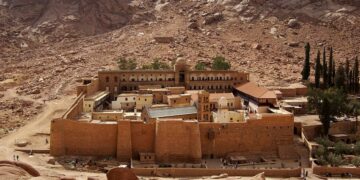

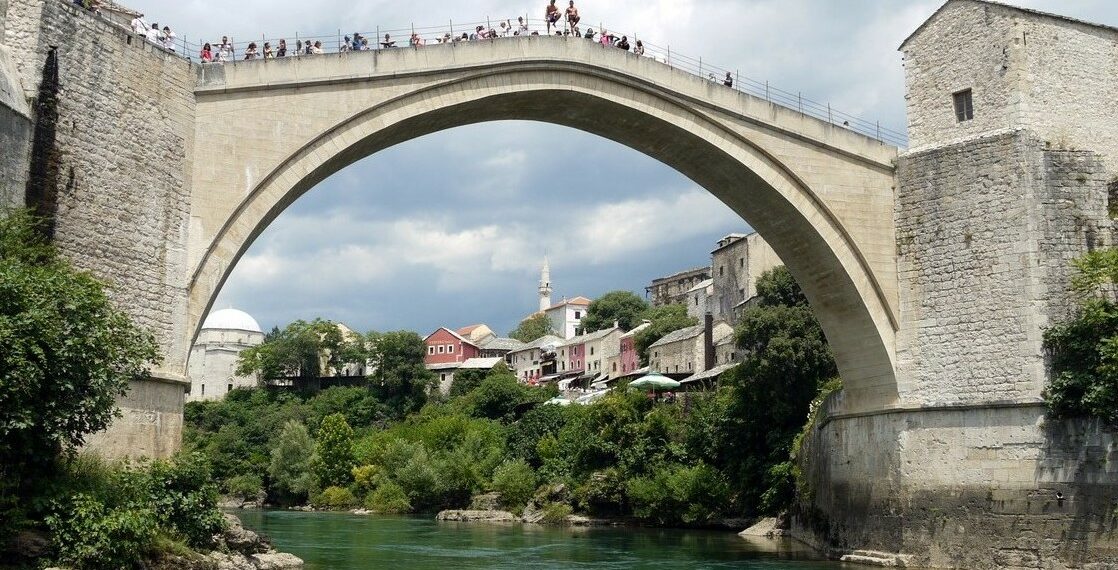
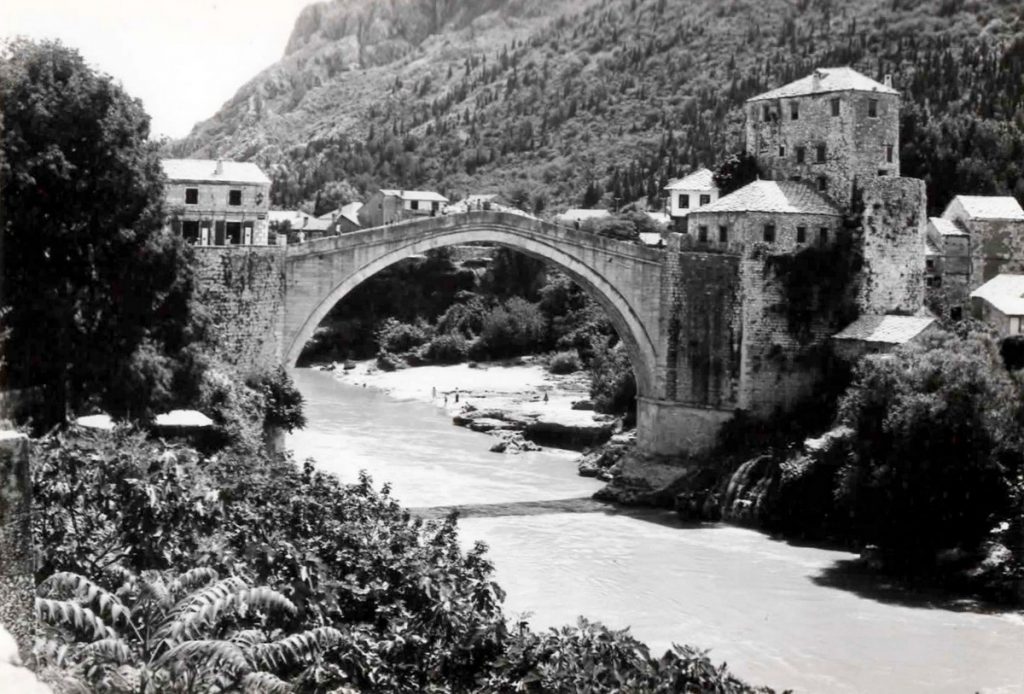
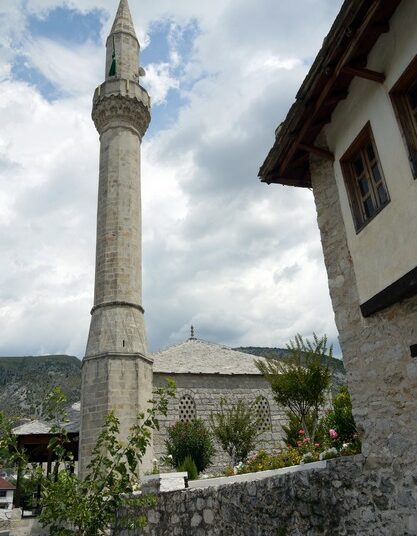


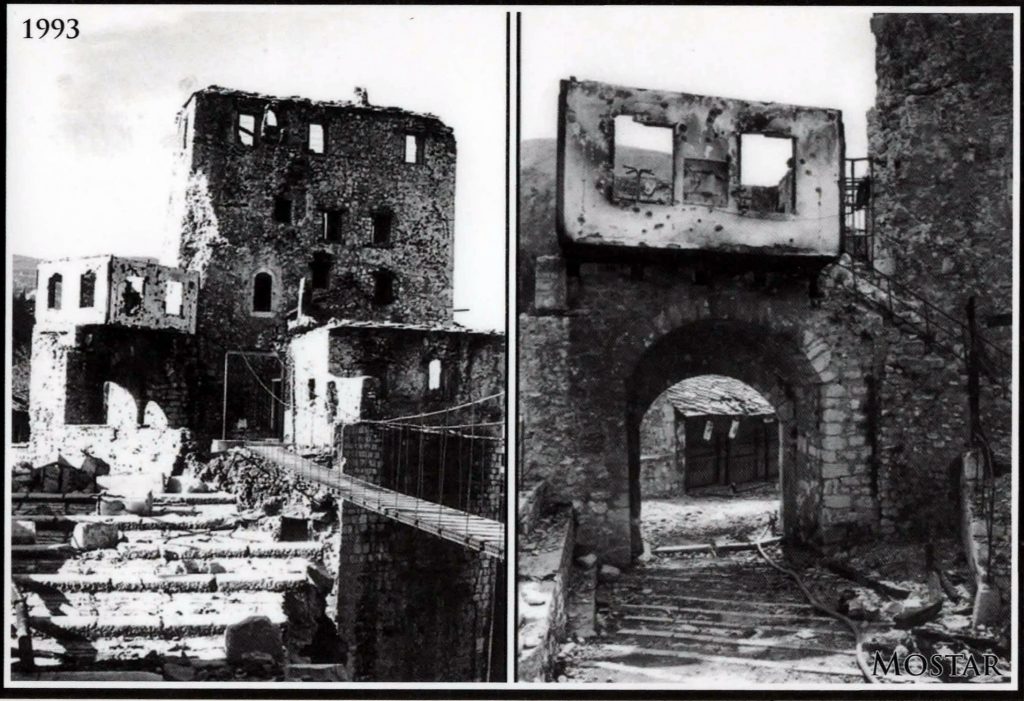
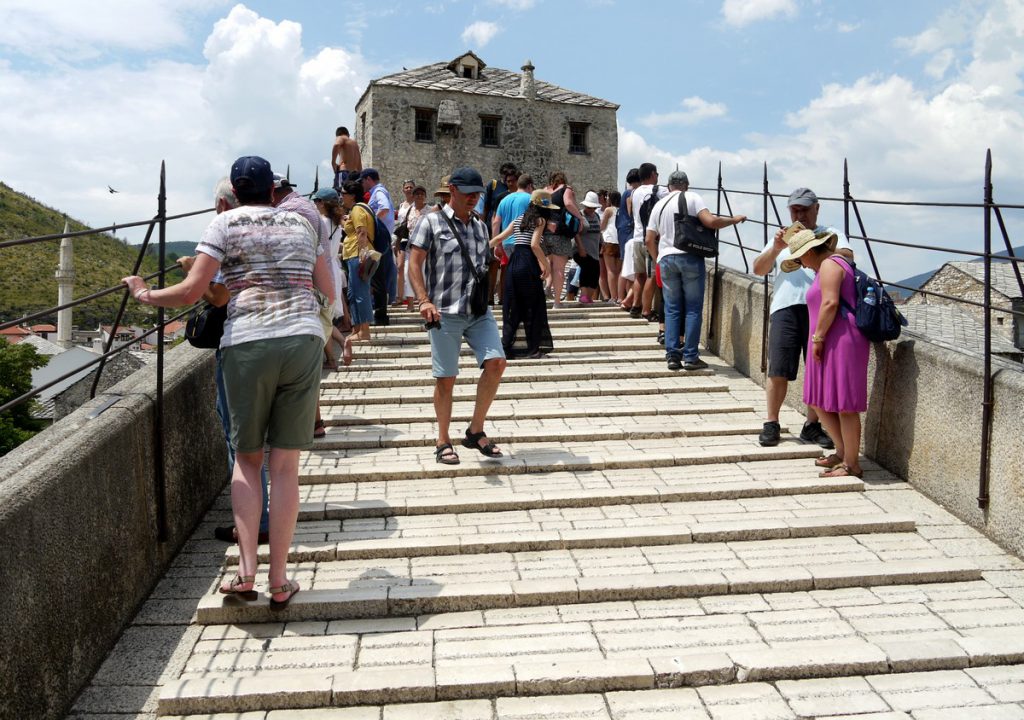
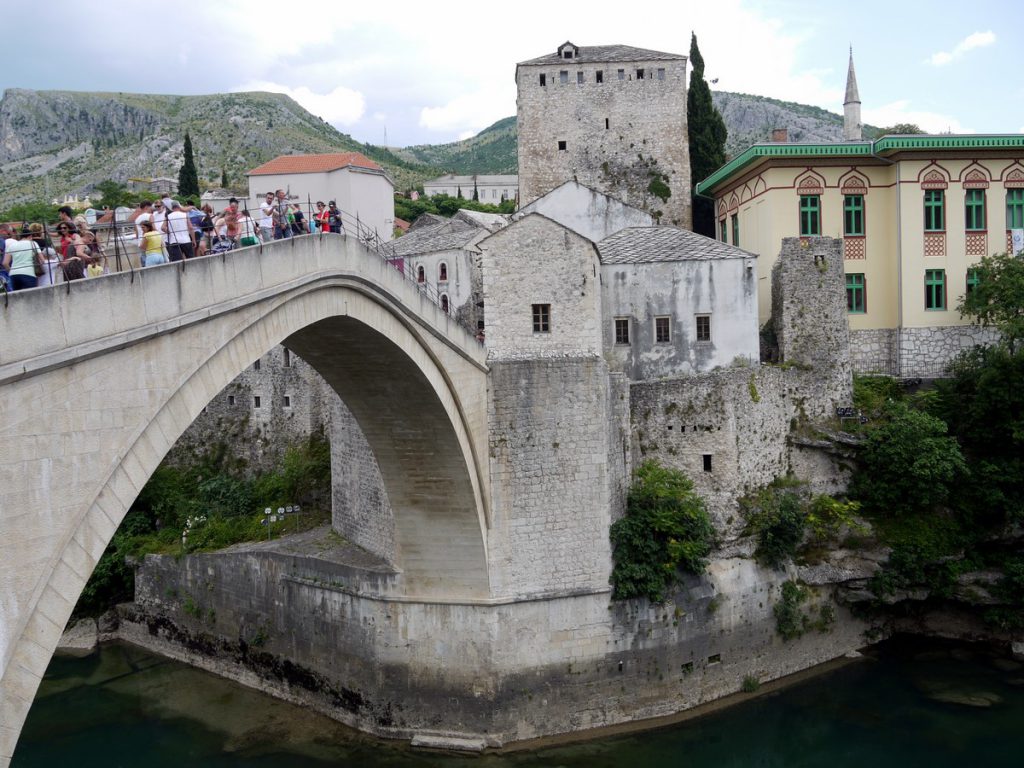

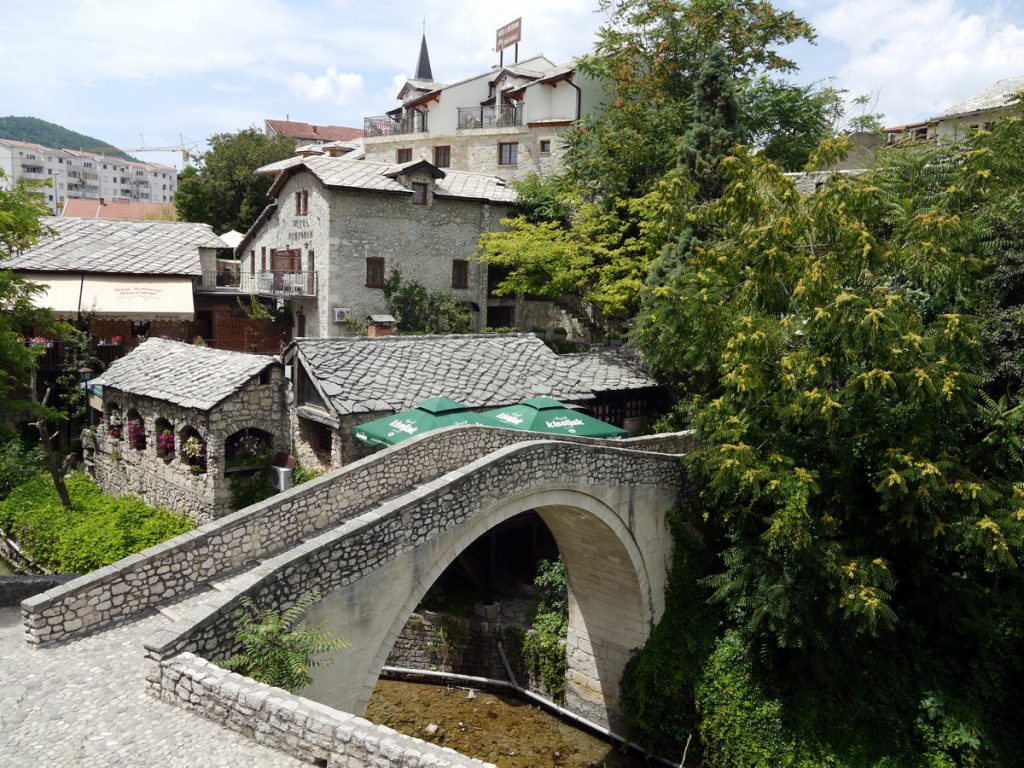
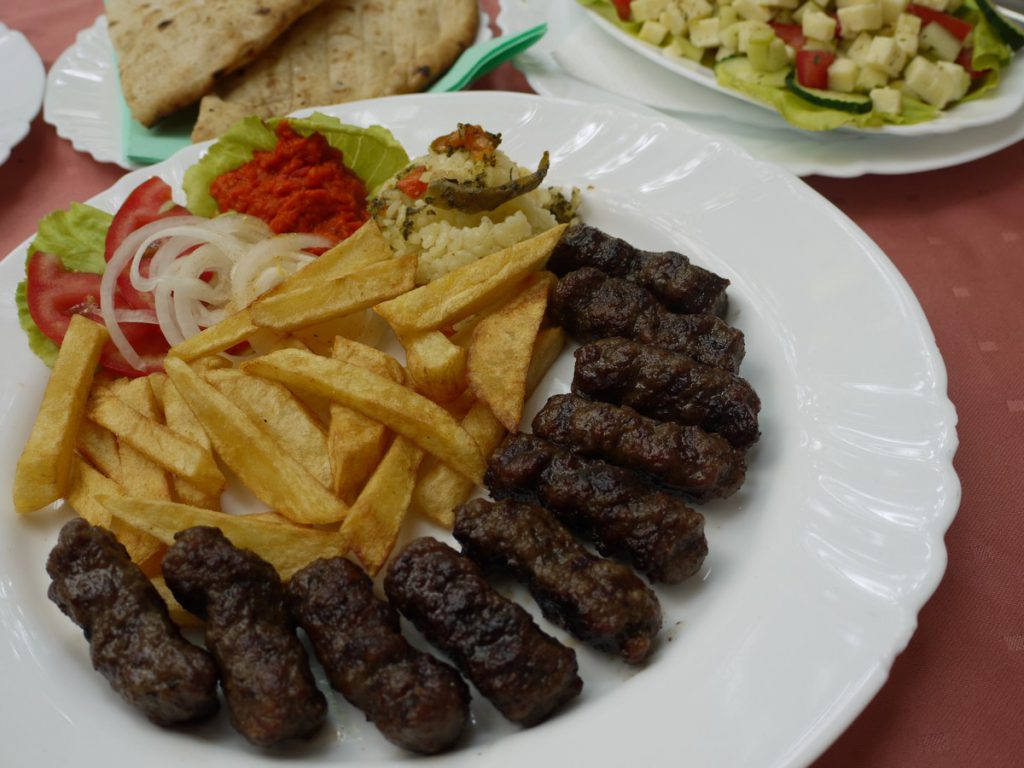
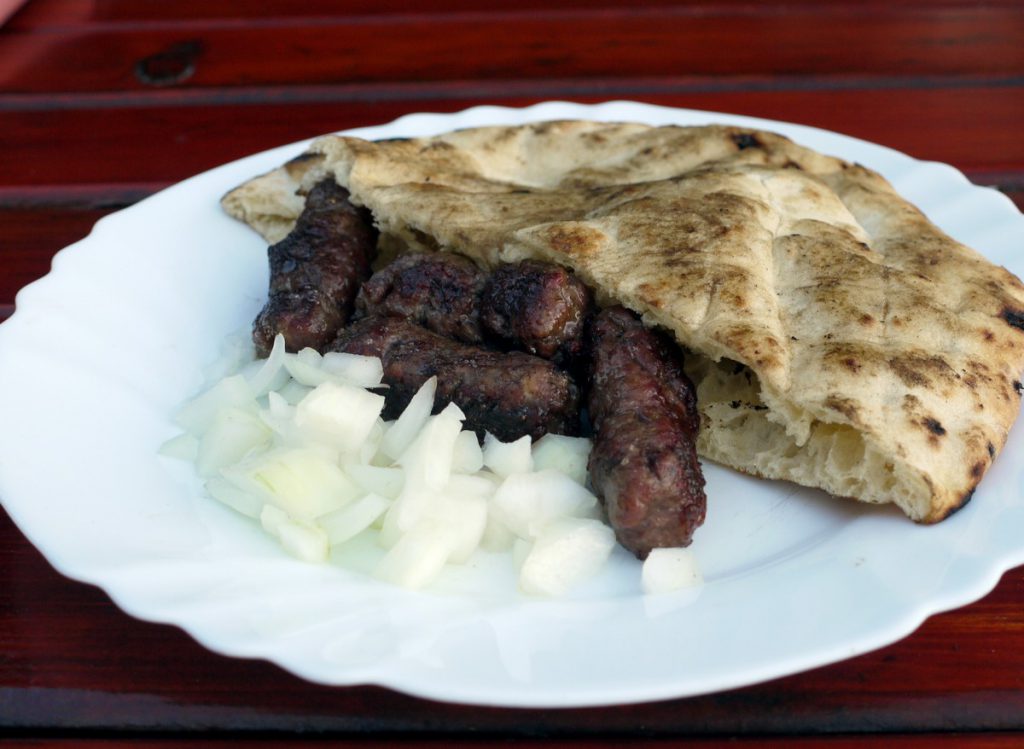
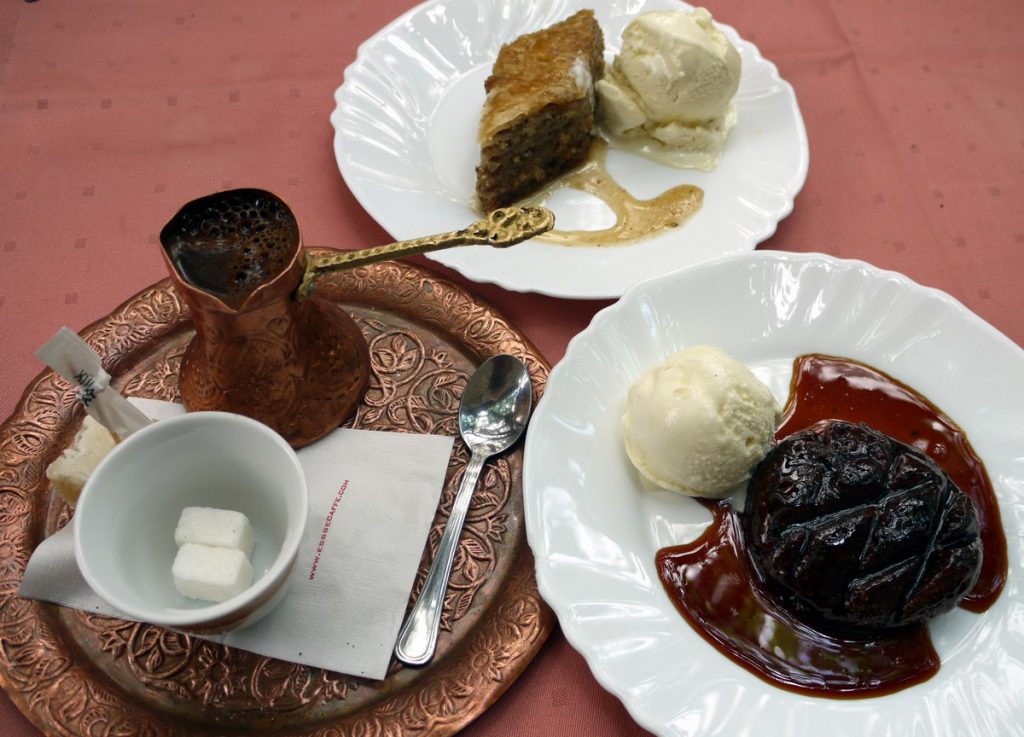
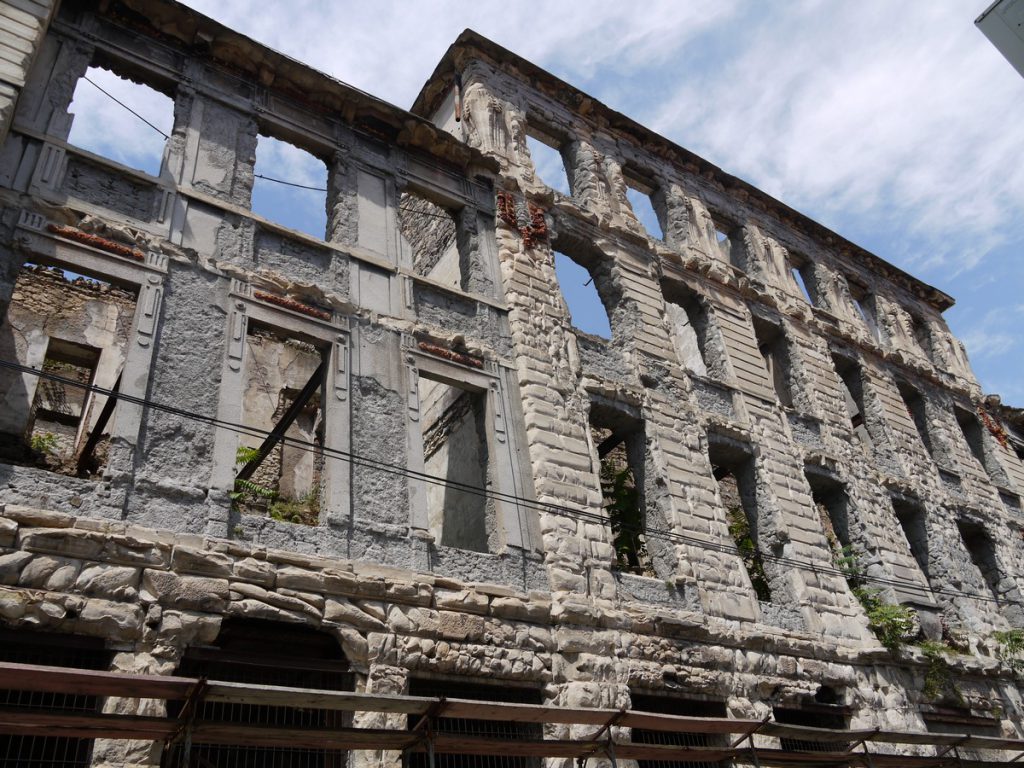
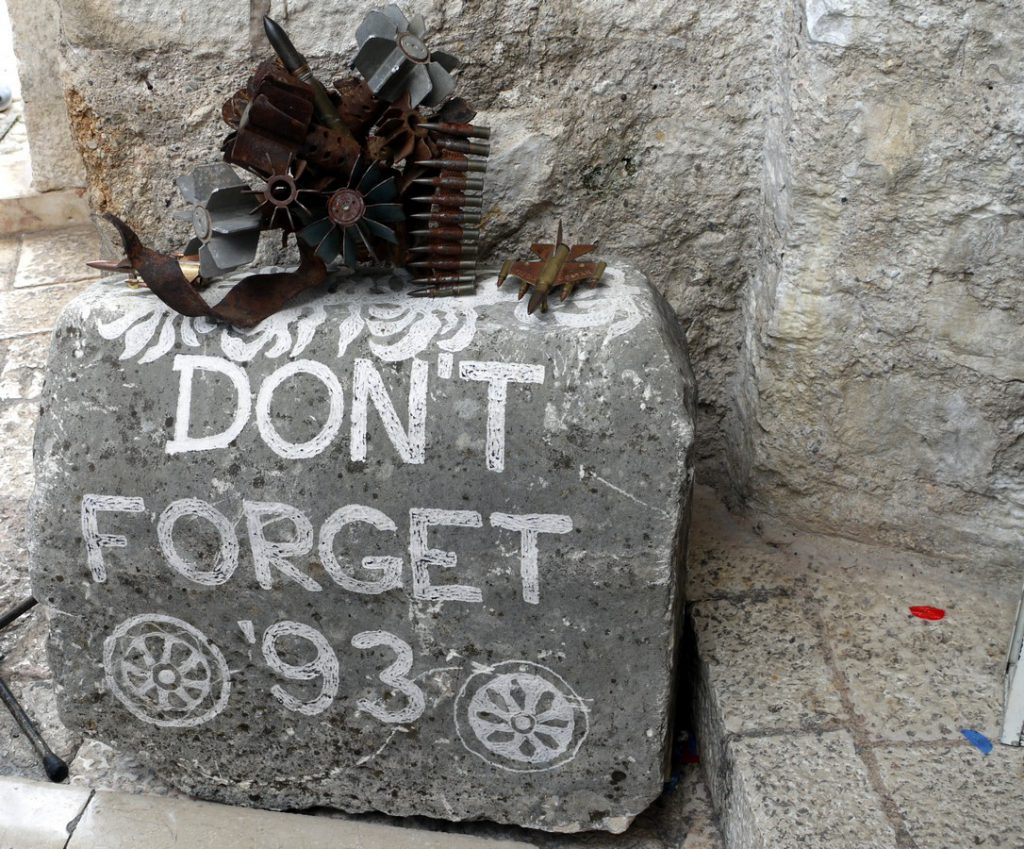
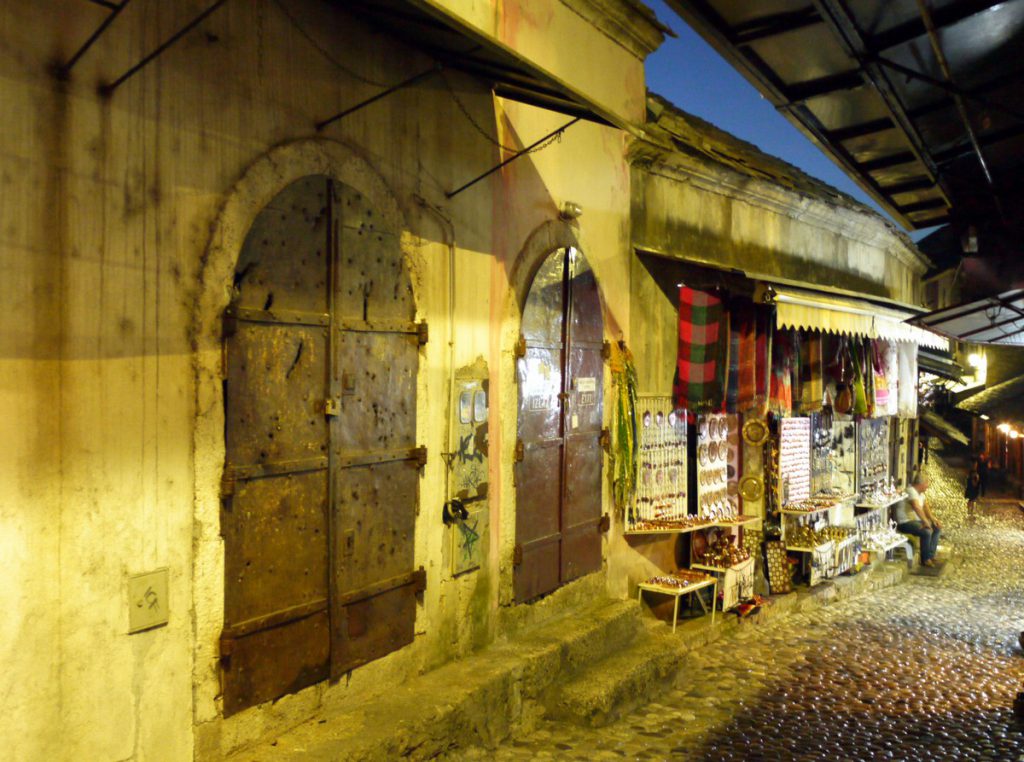
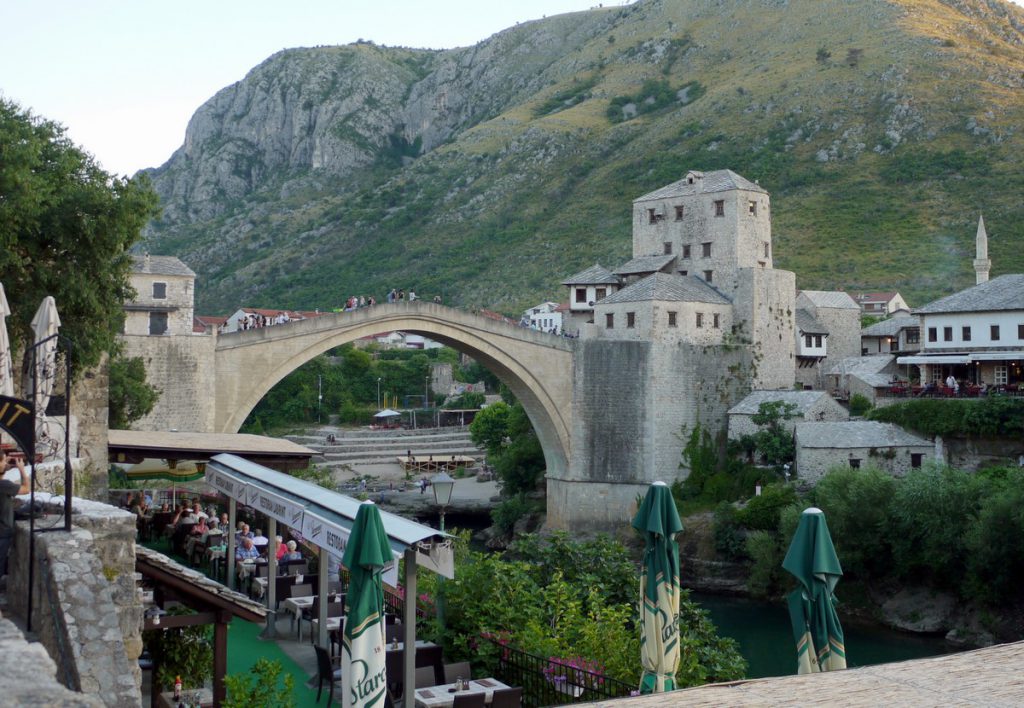
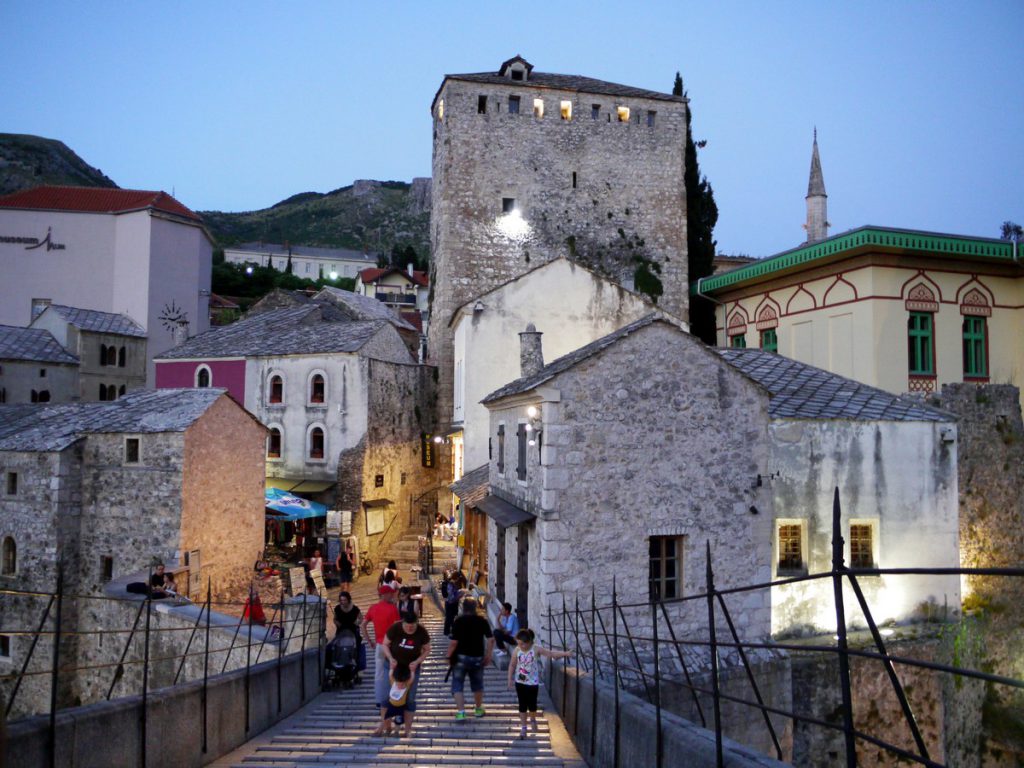

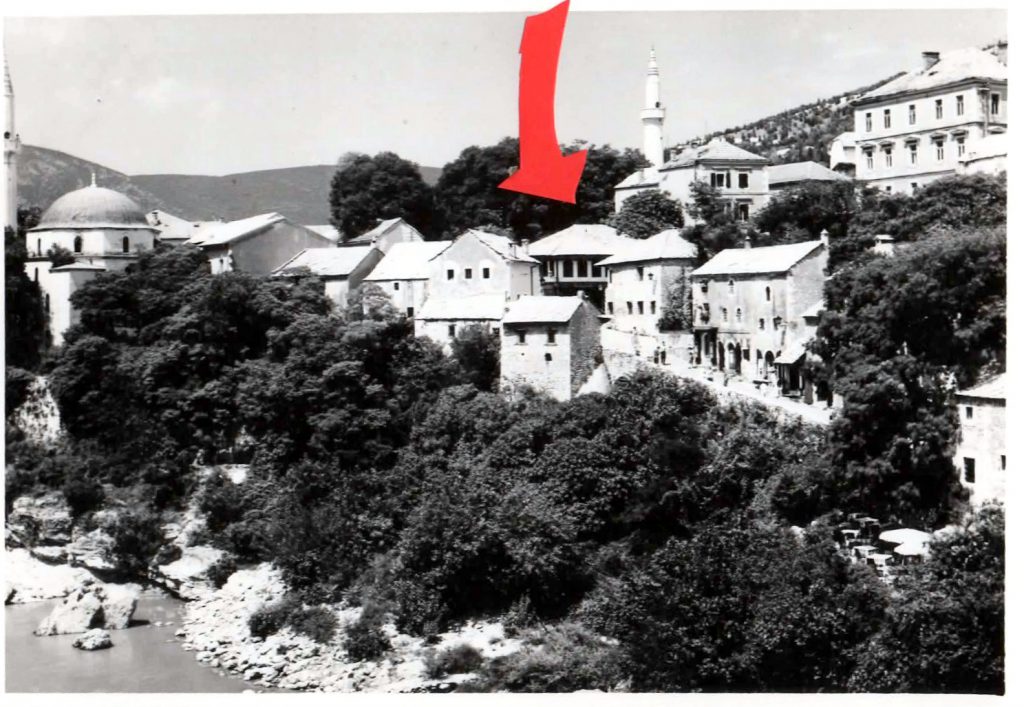
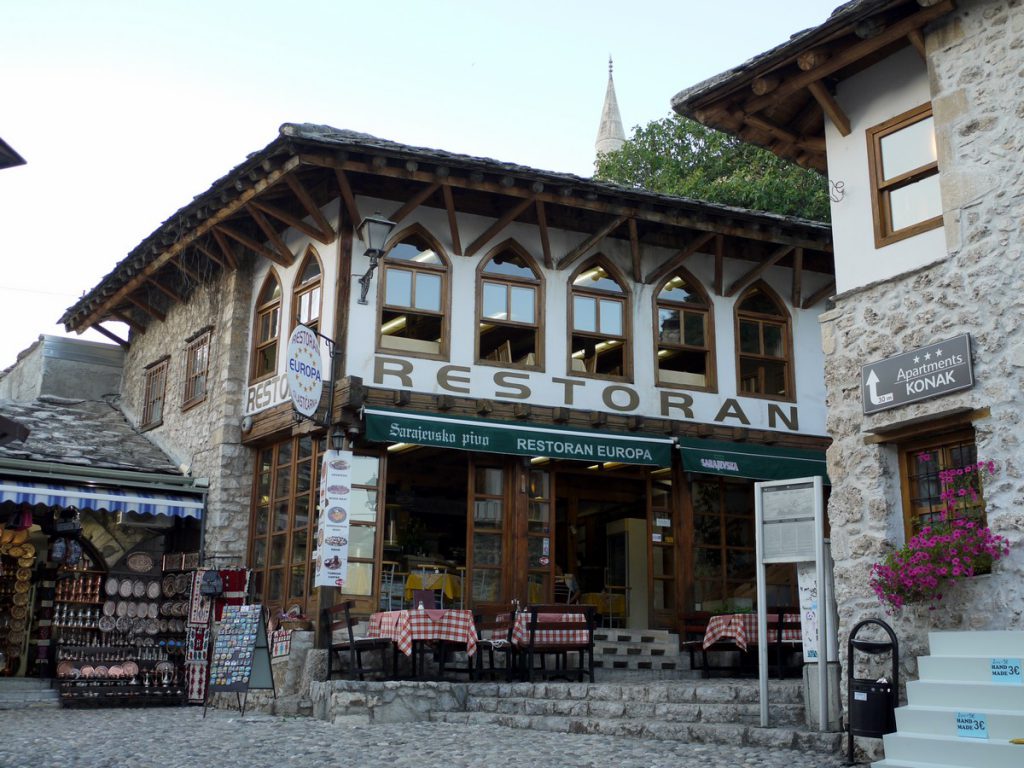





 Mozartkugeln – The Original is Silver!
Mozartkugeln – The Original is Silver! Herzegovina – Places Worth Seeing
Herzegovina – Places Worth Seeing

